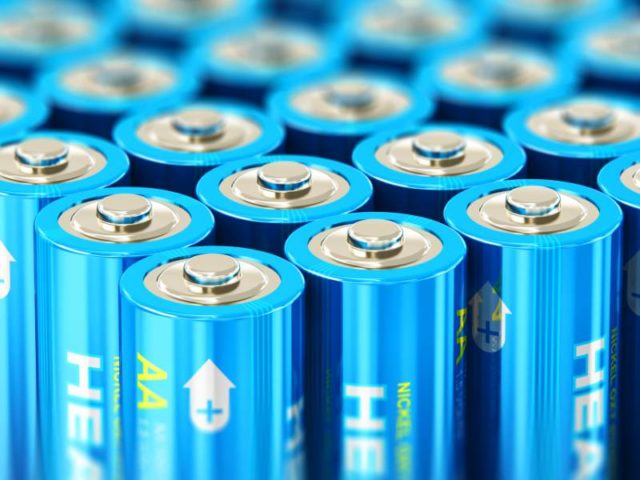
The global future demand for battery metals is predicted by analysts to be high with the advent of increasing manufacture of electric vehicles (EV) and the requirement of electrical storage systems.
The short-term decline in investor appetite is due to current market uncertainty related to potential global trade wars and tariffs.
According to Harwood the current investor appetite is generally good although in recent months it has declined somewhat due to global uncertainty.
Demand is strong, particularly from China due to the long-term national strategic plan to implement electric vehicles and become a global battery and electric vehicle player.
Further, Botha explains that downstream sectors such as the battery and EV manufacturers have taken significant strategic interests in the battery metals sector.
For example, companies such as Panasonic, LG Chem and Tesla have invested in miners to secure raw materials.
Chinese state-backed companies have also invested in the sector over the last few years to secure raw materials for its growing electric vehicles industry.
However, interest from financial investors appears low primarily due to falling lithium prices, more so if recent IPOs are any indication.
For example, Ganfeng Lithium IPO fell almost 30% on debut in Hong Kong exchange; Livent’s IPO price, FMC’s lithium business spin off, was priced below the expected range.
“It is difficult to comment on other battery metals such as vanadium and rare earths as there are very few pure play listed companies.”
Contributing challenges
“While demand is rising substantially, various factors significantly impact the exact quantum of demand for battery metals. Future battery technology is likely to require different ratios of metals and this will significantly impact the extent of demand for each of the minerals,” notes Botha.
Harwood highlights that the demand for individual battery metals may be different depending on the application technology and demand may vary as technologies, and therefore metals, are adopted over time.
Additional challenges that contribute to the instability of investing in the battery metals sector include the lack of funding.
Botha indicates that the battery metals sector is still a very small market compared to other major mineral markets such as copper and iron ore.
For example, annual trade value for lithium and cobalt is expected to be about US$6 – 8 billion in another five years, which is much lower than the expected about $170 billion for copper.
The market is still not mature in that prices for many battery metals are not exchange traded.
Current market quoted prices is likely to be derived from a handful of deals, thus the price setting mechanism is not transparent. Lack of transparency in pricing is likely to increase the cost of capital to secure funds.
“To secure funds, we are also seeing lithium miners, for example sign offtake agreements with buyers. While this makes the project less risky, it reduces the upside for a financial investor should commodity prices rise. The offtake agreements are also being agreed at a discount to spot prices.”
Another notable challenge is the project development plans that have been ambitious and have not always delivered as there have been many challenges in bringing on Greenfield lithium and cobalt projects.
For example, capital project execution issues, ability to produce material suitable for batteries and regulatory and ESG issues. Significant amount of cobalt is mined through artisanal mining in the DRC, which is a key supply chain issue for cobalt.
Attractive opportunities
Harwood puts forward that although the battery sector is riding out the near-term uncertainty in demand versus the medium to long term certain demand for the battery metals, the sector is seen as a huge growth area globally.
There have been international initiatives by nations to implement electric vehicle strategies within the next 10 – 15 years and commitment by major vehicle manufacturers to produce hybrid and electric vehicles to mirror planned legislation.
“Lithium isn’t rare, however, the lithium market is under-developed in comparison to most other industrial commodities, leaving a value space for a select number of companies to find and develop economic lithium deposits.”
However, he believes the lithium market will thrive exponentially and the demand for lithium mining production will increase significantly. Lithium is predicted to continue to play an increasingly important role in the battery-powered clean air future for at least the next 20 years.
“To benefit from these opportunities that lithium and vanadium, in particular, present, timing is absolutely imperative to work within the battery metals space,” he says.
Botha notes that the market will attract more investment opportunities as it matures.
In Australia, the sector is also considering how to expand into processing. This secures more of the value chain for the miner and perhaps also more incentive for investors.
In addition, by keeping more of the beneficiation process in country provides an incentive for government to provide assistance.
There is also an opportunity for Southern African graphite miners to fill the gap in terms of graphite supply as the imposition of more environment restrictions in China will make graphite projects less competitive.
South Africa also has the largest reserves of manganese (used in NiMH batteries in hybrid cars as well as in steelmaking) and has lower cost production of graphite (used in battery anodes).
According to independent non-partisan research and educational organisation Fraser Institute, investment attractiveness is based on the potential of mineral reserves as well as what the perception of government policy is towards exploration and mining in the country.
“While the potential of mineral reserves is key in the decision of where to invest, policy factors such as regulatory uncertainty, environmental regulations, approvals, land claims, infrastructure and availability of labour will have an impact on the decision,” Botha concludes.
